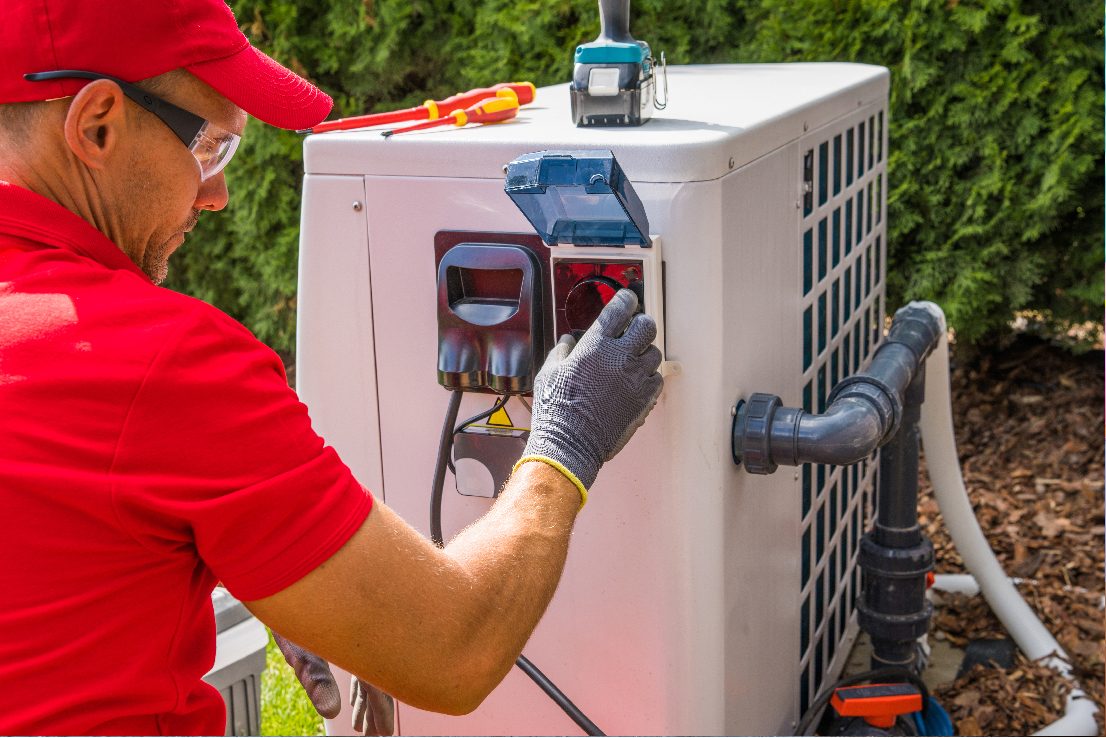
Understanding Turnover Rate in Swimming Pools: A Comprehensive Guide to Efficient Water Circulation
The Importance of Turnover Rate, Factors That Impact It, How to Modify It, and Measuring Techniques
Turnover rate is a crucial aspect of swimming pool maintenance, as it determines the efficiency of water circulation and filtration. Proper turnover rates ensure clean, clear, and safe water for swimmers by effectively removing debris and contaminants. In this article, we will discuss the importance of turnover rate, the factors that impact it, ways to change it, and how to measure it.
What is Turnover Rate?
Turnover rate refers to the time it takes for a swimming pool’s entire volume of water to pass through the filtration system. It is typically measured in hours and is an essential factor in determining the effectiveness of the pool’s circulation and filtration system.
Why is Turnover Rate Important?
- Water Clarity: Proper turnover rates help maintain clear water by effectively removing suspended particles and debris.
- Sanitation: Efficient circulation and filtration aid in distributing sanitizers evenly throughout the pool, ensuring a safe and healthy swimming environment.
- Chemical Balance: Good turnover rates help maintain balanced water chemistry by facilitating the even distribution of chemicals.
- Energy Efficiency: An appropriate turnover rate reduces energy consumption by ensuring that the pool’s circulation system operates efficiently.
Factors Impacting Turnover Rate
- Pool Size and Design: The volume and shape of the pool impact the turnover rate, as larger or more complex pools may require longer turnover times.
- Filtration System: The type, size, and efficiency of the pool’s filtration system directly influence the turnover rate.
- Pump Capacity: The pump’s flow rate, measured in gallons per minute (GPM), affects how quickly water is circulated and filtered.
- Bather Load: Higher bather loads introduce more contaminants into the pool, potentially necessitating faster turnover rates to maintain water quality.
Ways to Change Turnover Rate
- Adjust Pump Speed: If your pool is equipped with a variable-speed pump, adjusting the pump speed can help modify the turnover rate.
- Upgrade Filtration System: Upgrading to a larger or more efficient filtration system can improve the turnover rate by increasing the system’s capacity.
- Modify Pump Run Time: Increasing the pump’s run time can help achieve a faster turnover rate, while reducing the run time may conserve energy in pools with lower bather loads or contamination levels.
- Regular Maintenance: Cleaning and maintaining the filtration system, skimmers, and pool surfaces can help ensure optimal turnover rates by preventing clogs and enhancing circulation efficiency.
How to Measure Turnover Rate
- Calculate Pool Volume: Determine your pool’s volume in gallons using the appropriate formula based on its shape and dimensions.
- Determine Pump Flow Rate: Find the flow rate of your pool pump, usually measured in gallons per minute (GPM). This information can be found in the pump’s manual or on the manufacturer’s website.
- Convert Flow Rate to Gallons per Hour (GPH): Multiply the pump’s flow rate (GPM) by 60 to convert it to gallons per hour (GPH).
- Calculate Turnover Time: Divide your pool’s volume (in gallons) by the pump’s flow rate (in GPH) to find the turnover time in hours.
The turnover rate in a swimming pool is a critical aspect of pool maintenance, affecting water clarity, sanitation, chemical balance, and energy efficiency. Understanding the importance of turnover rate, the factors that impact it, and ways to modify it can help pool owners maintain a safe and enjoyable swimming environment. By measuring the turnover rate and adjusting it as needed, pool owners can ensure efficient water circulation and filtration for a well-maintained swimming pool.




